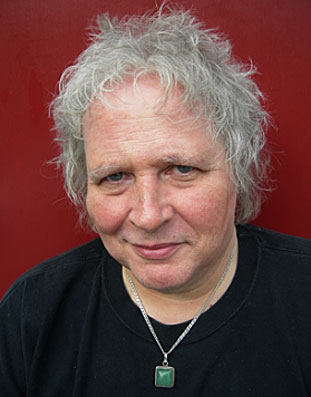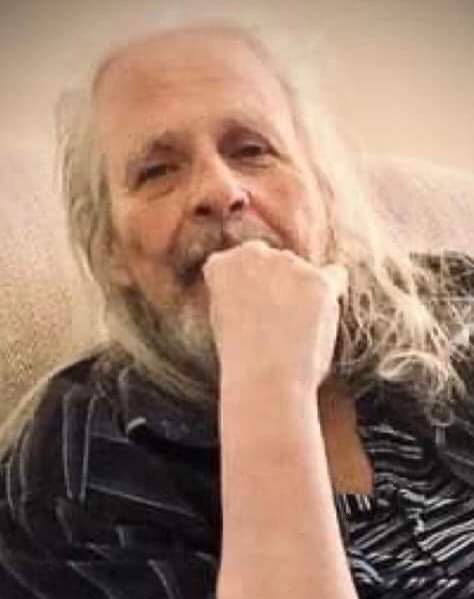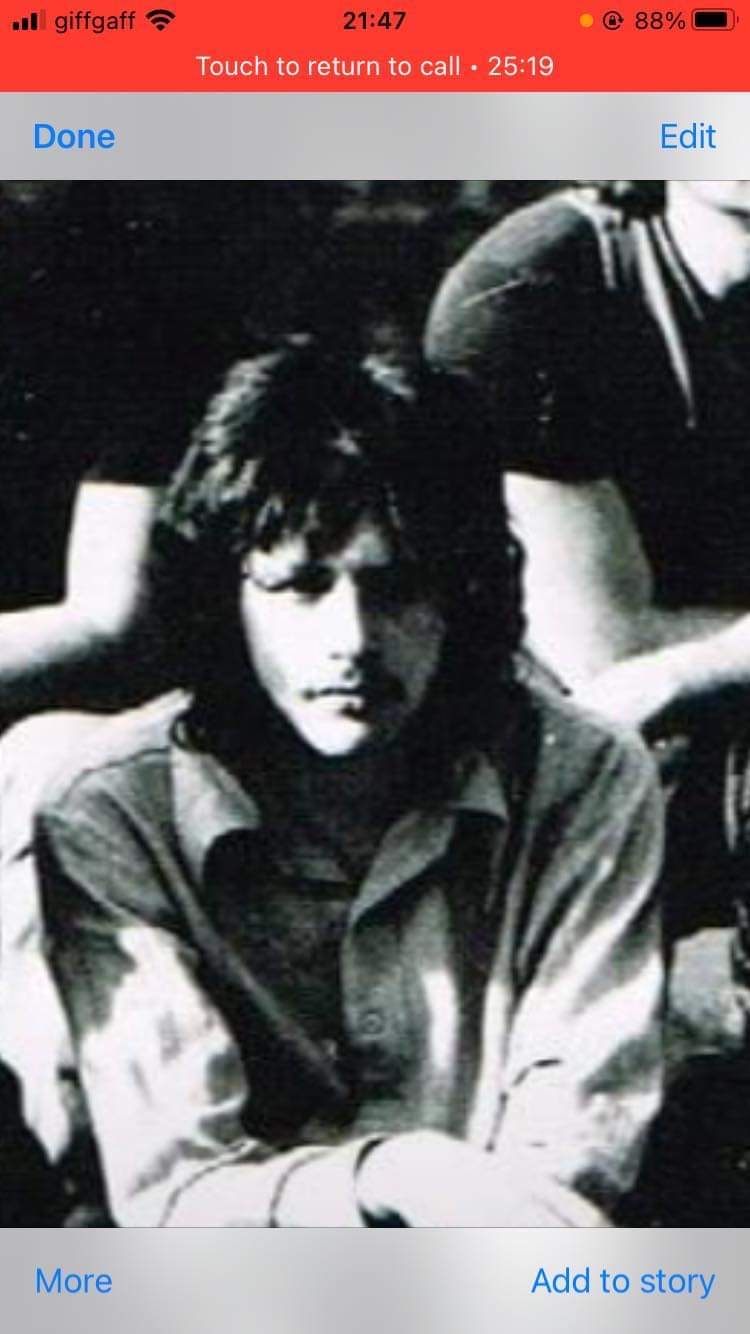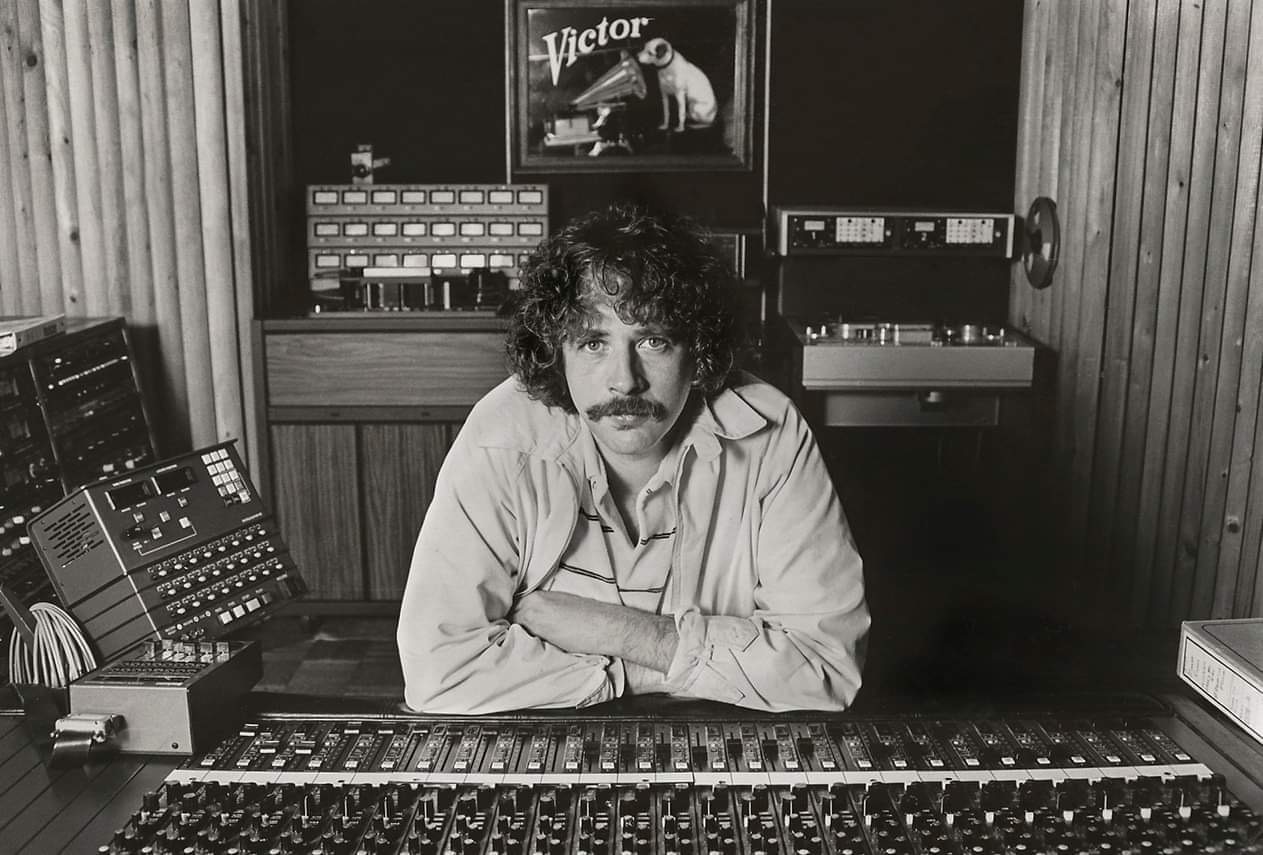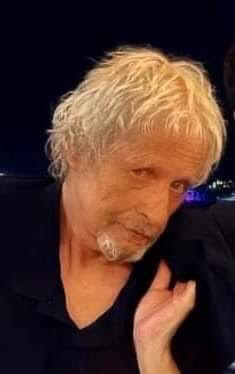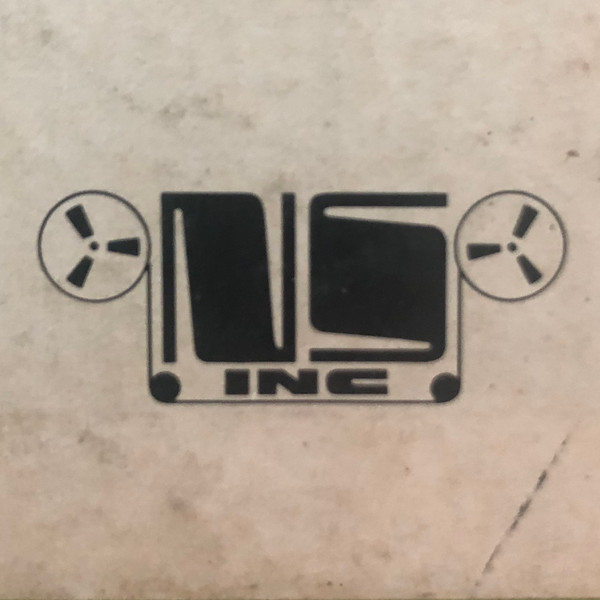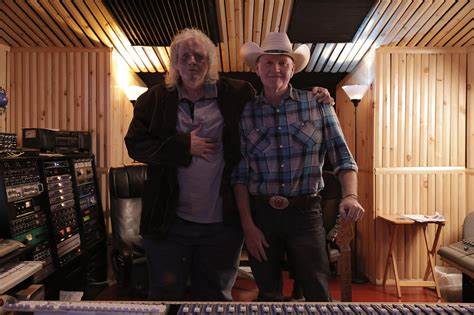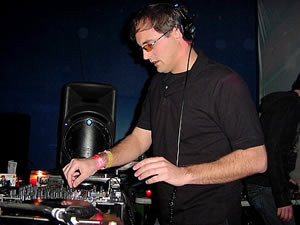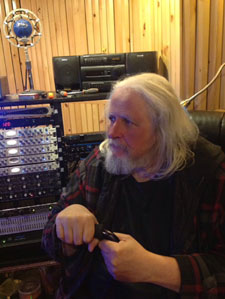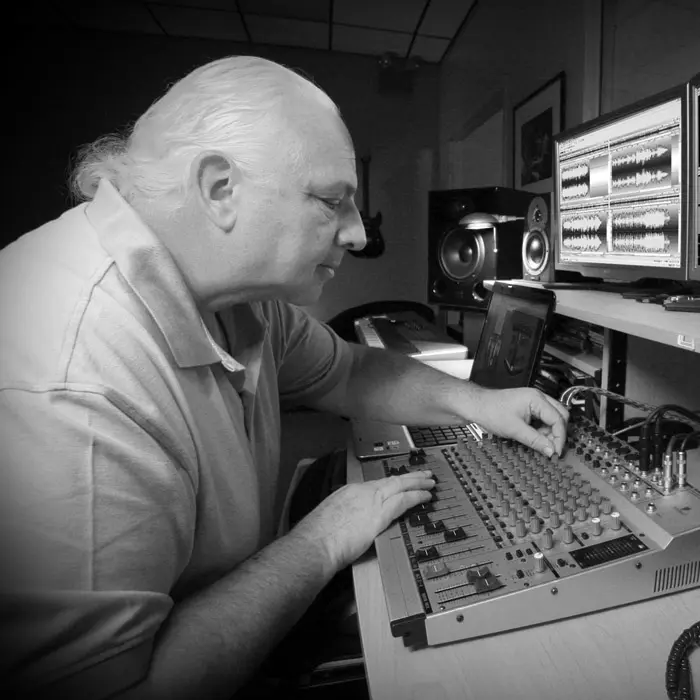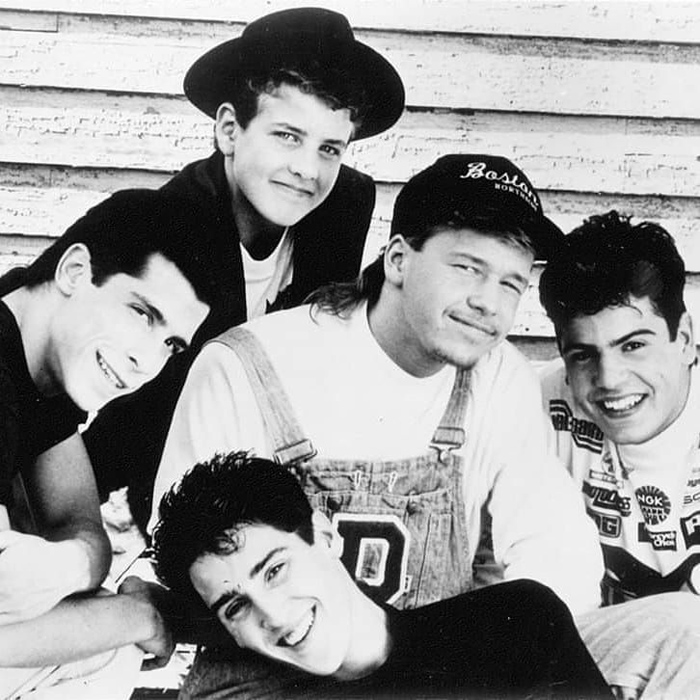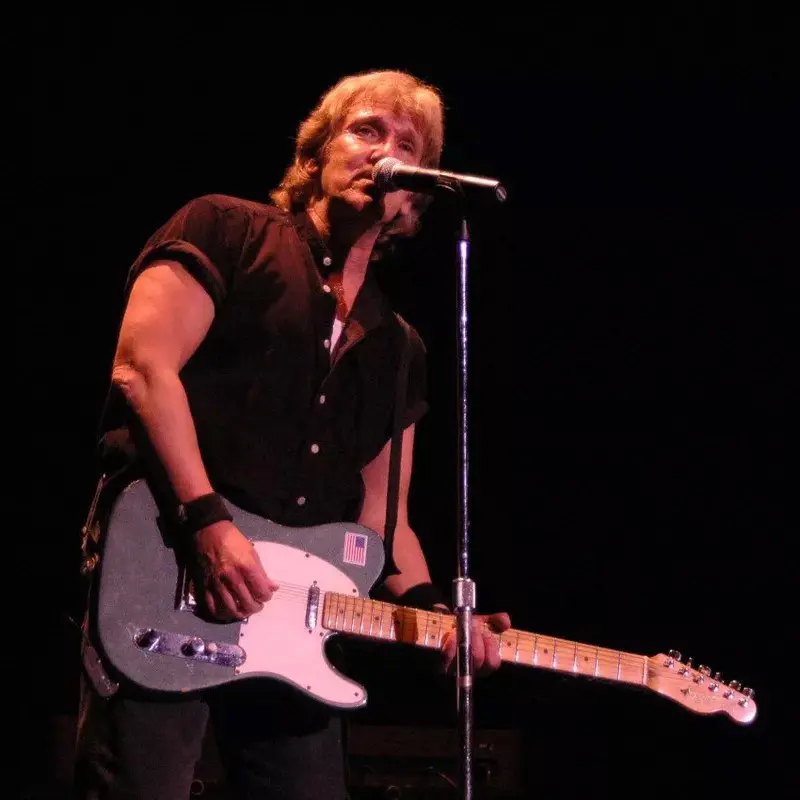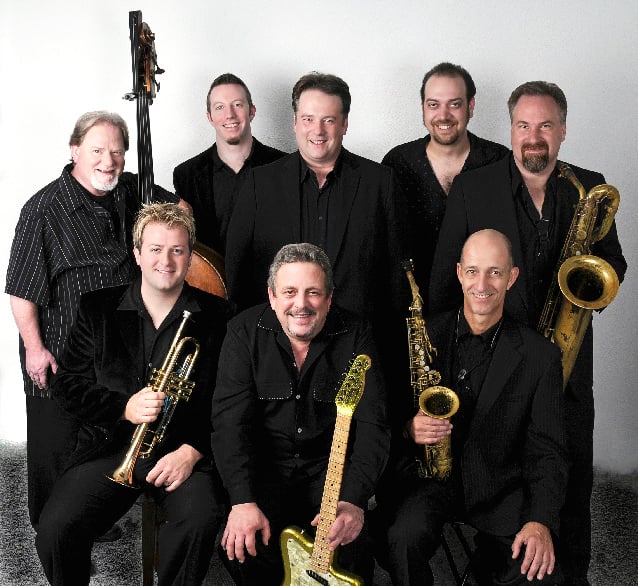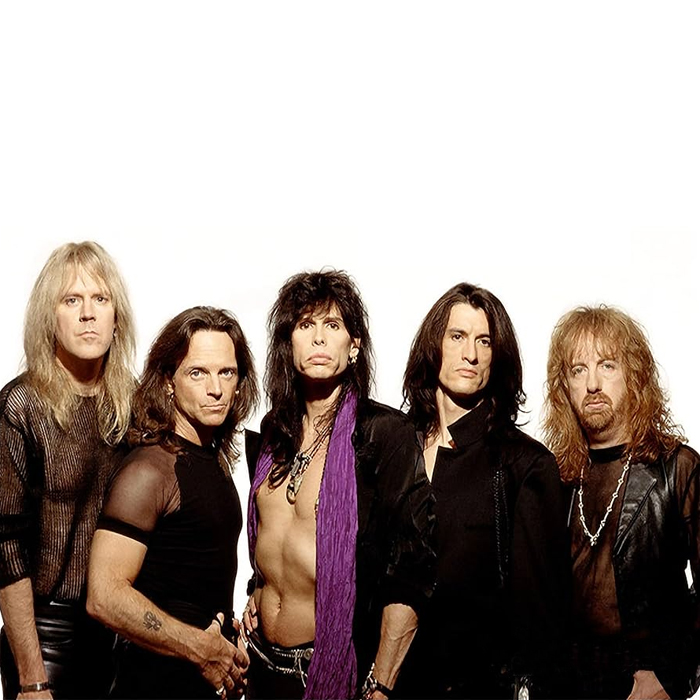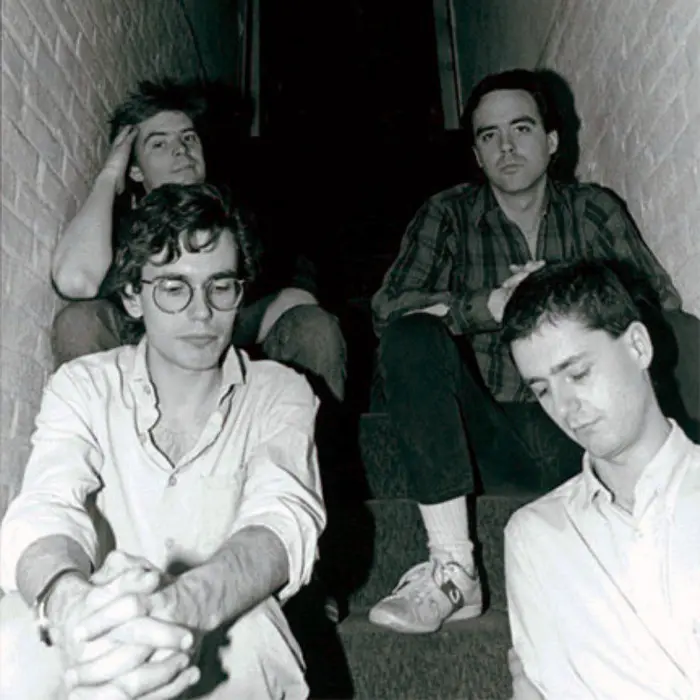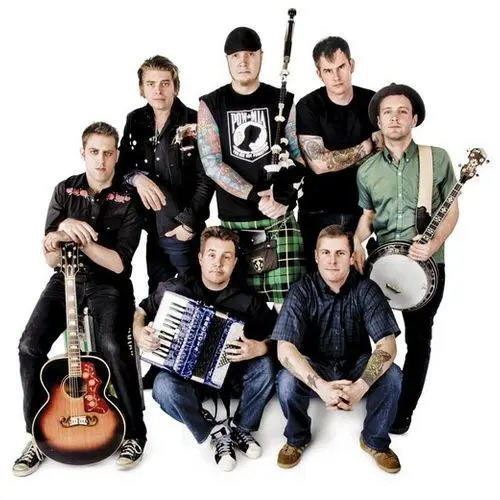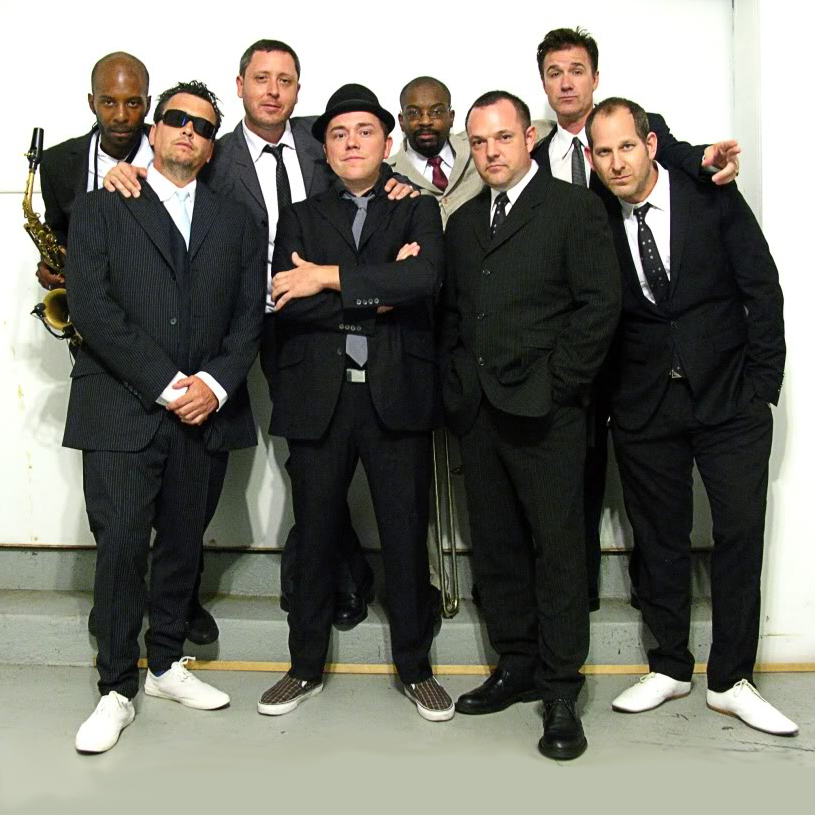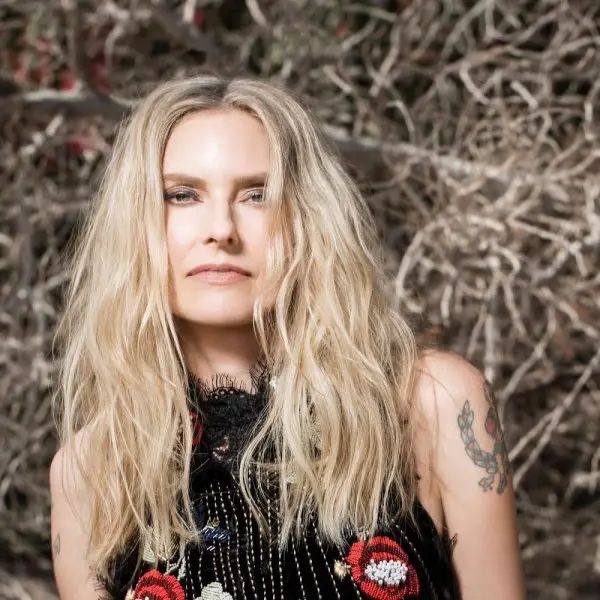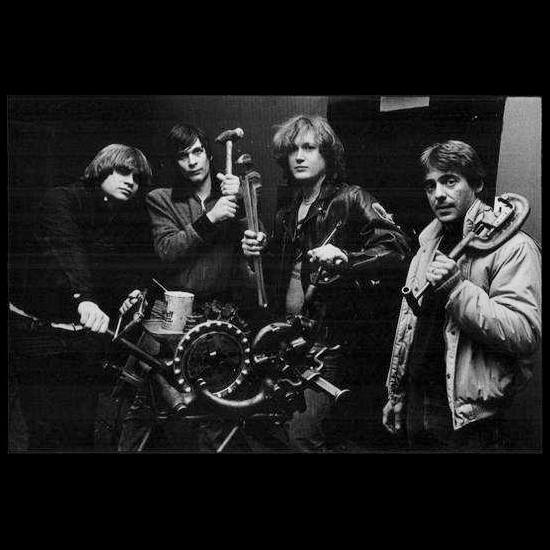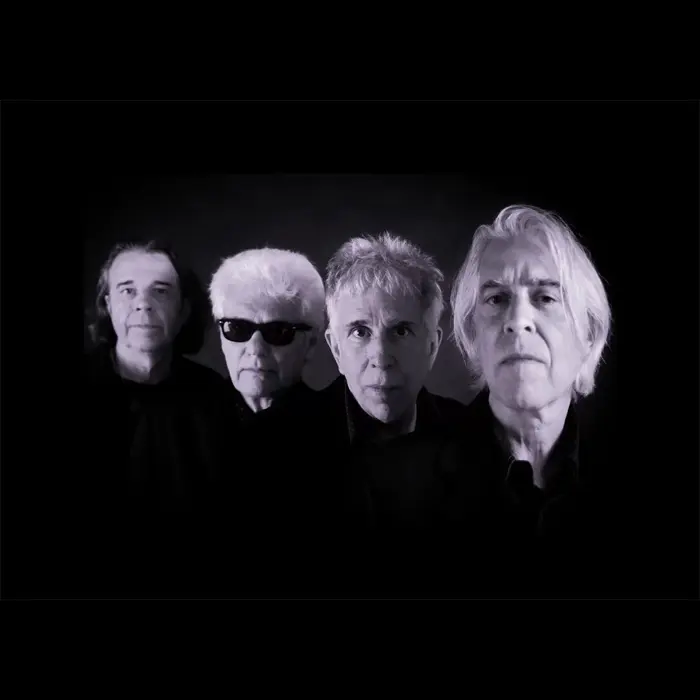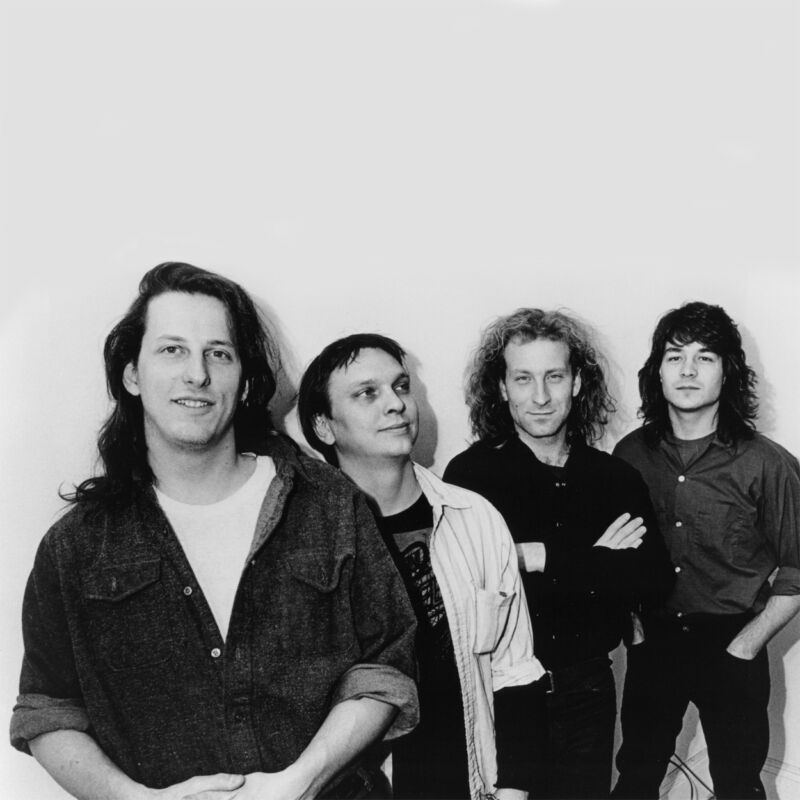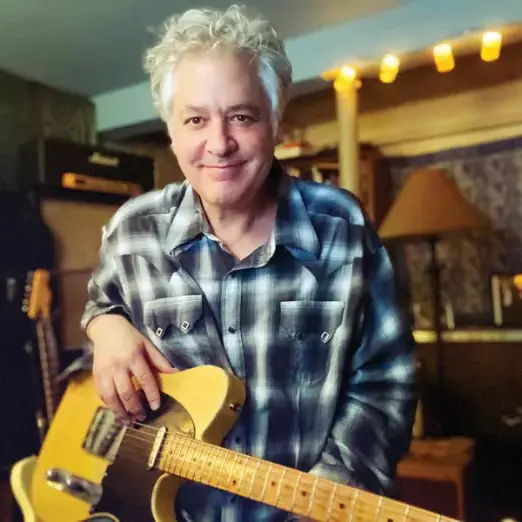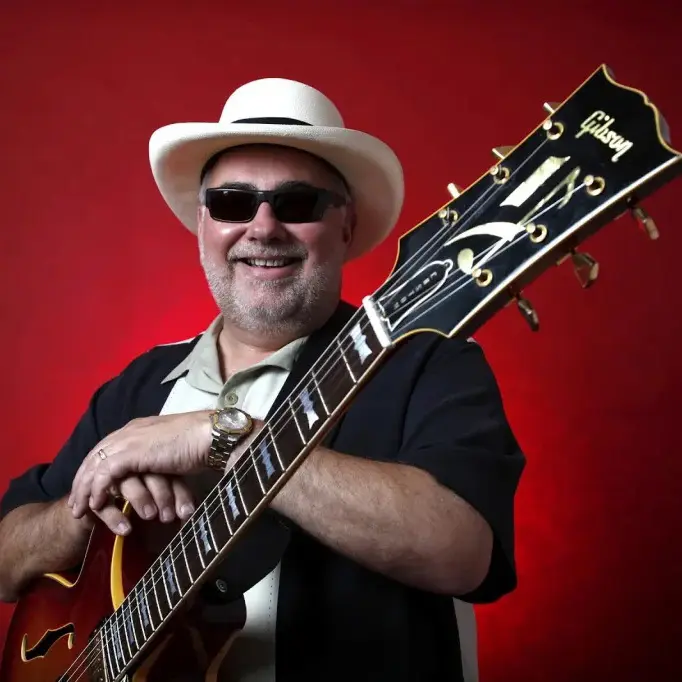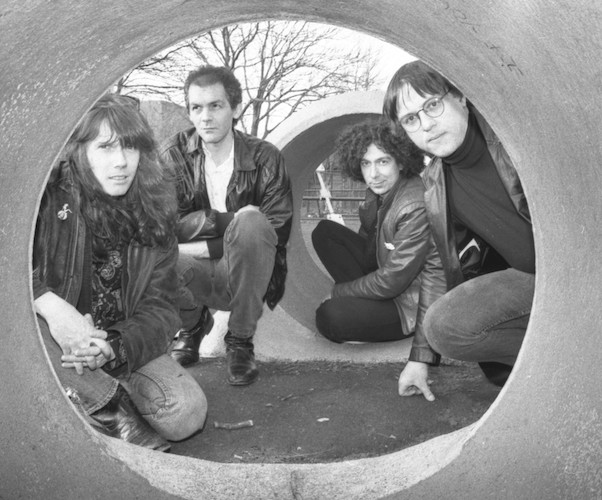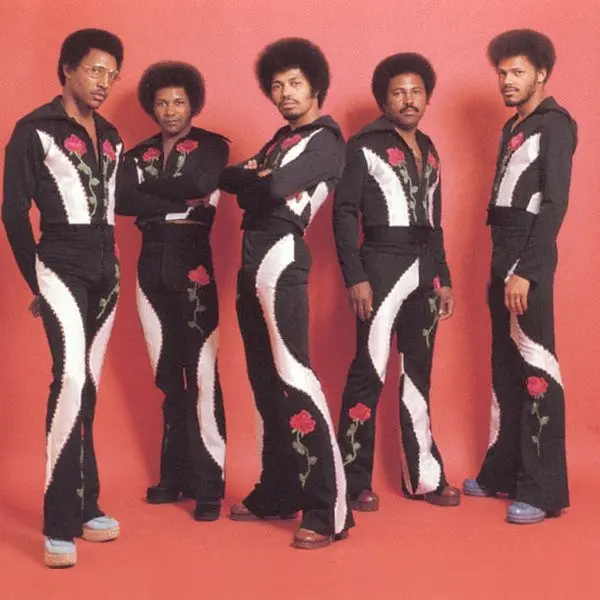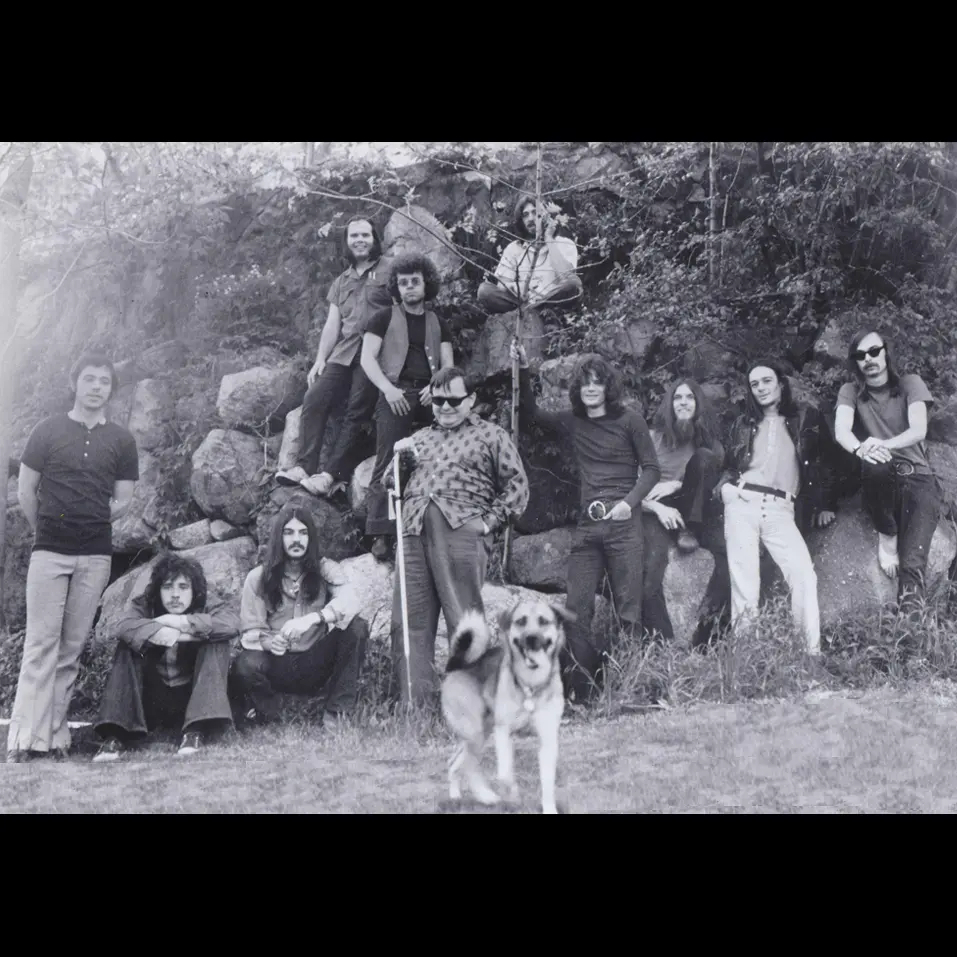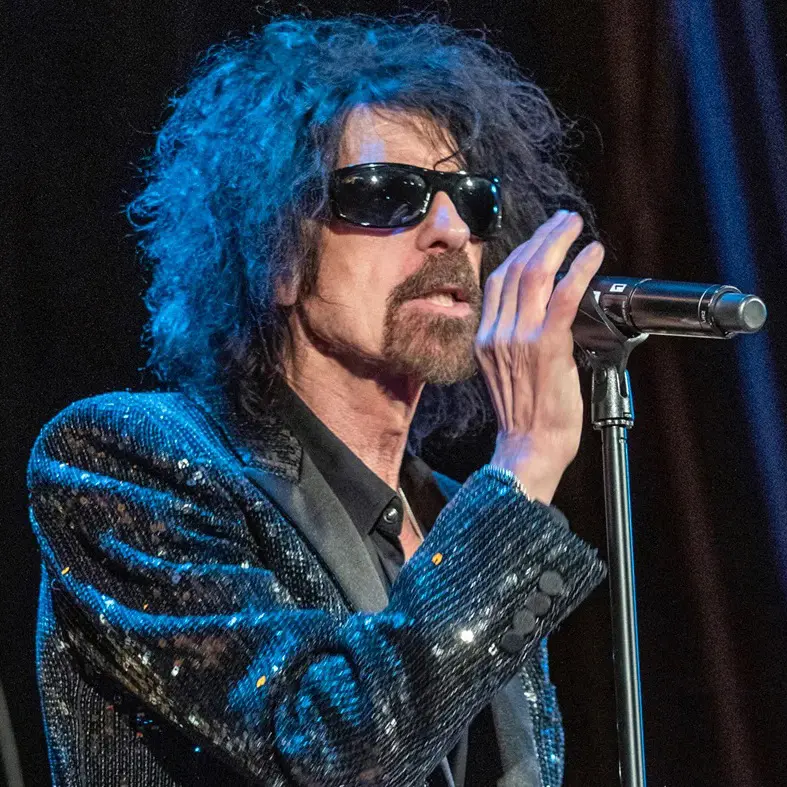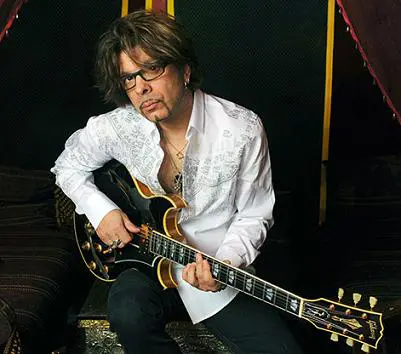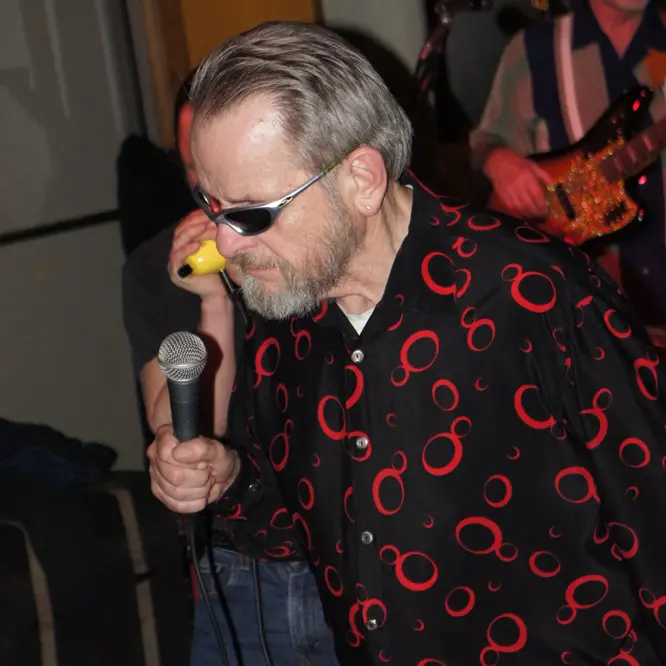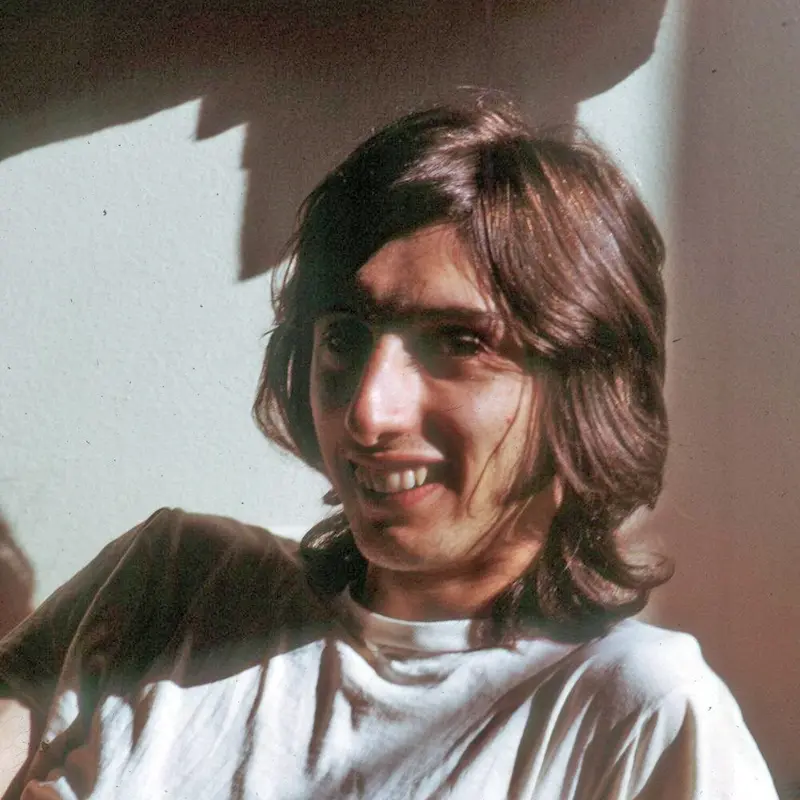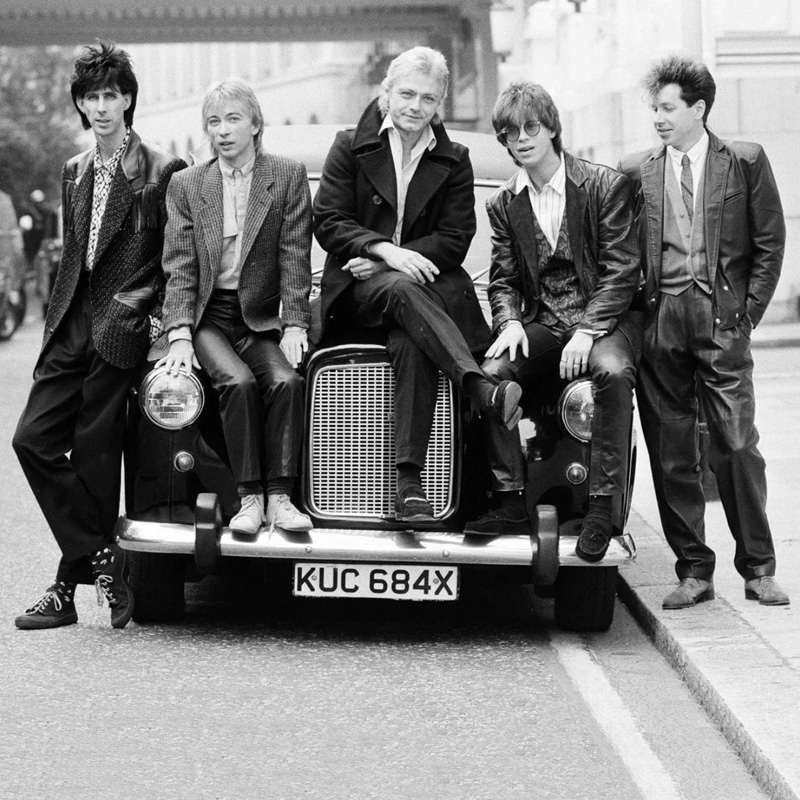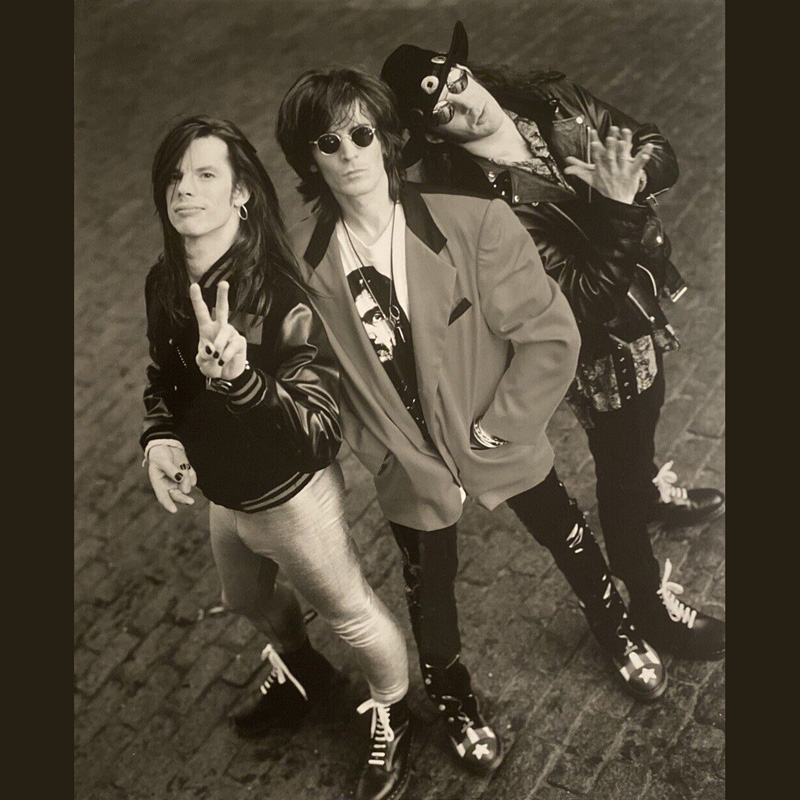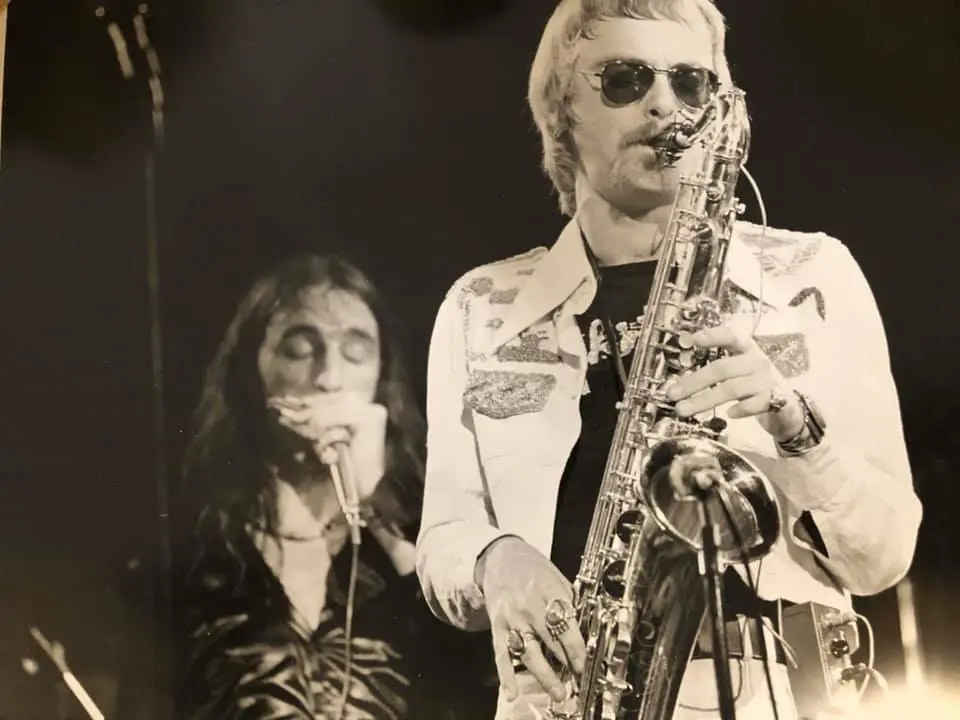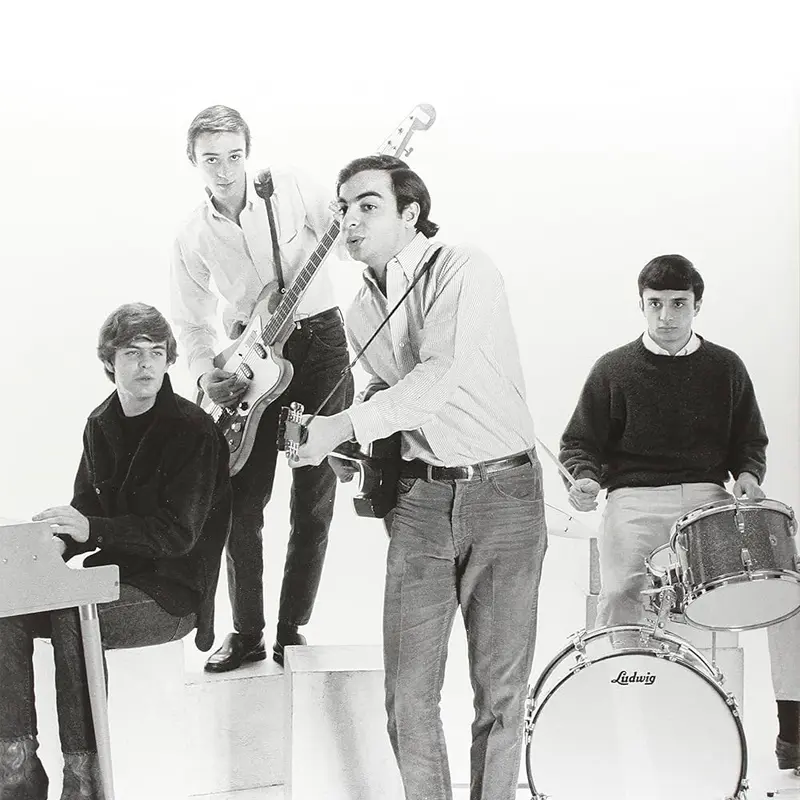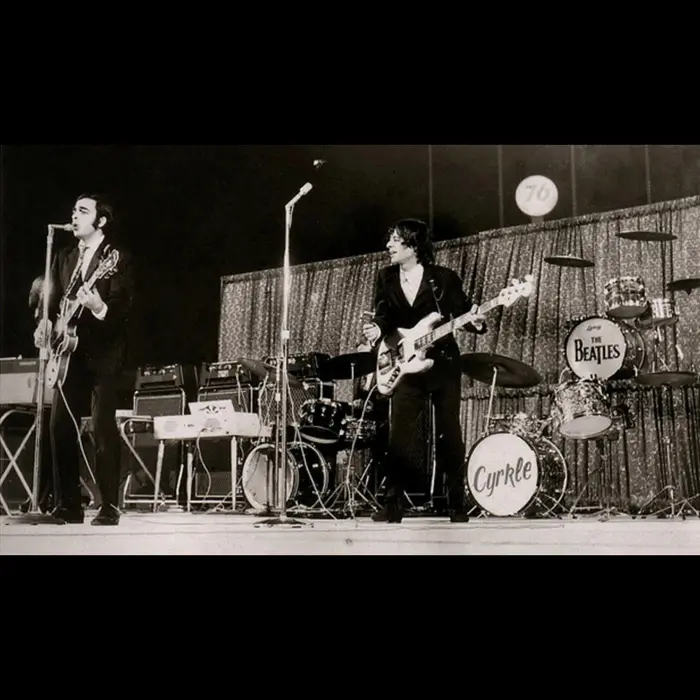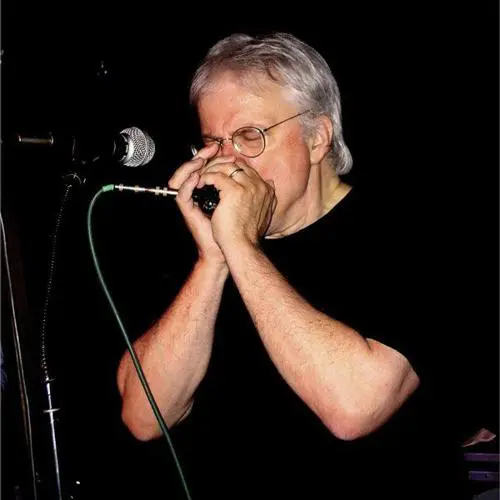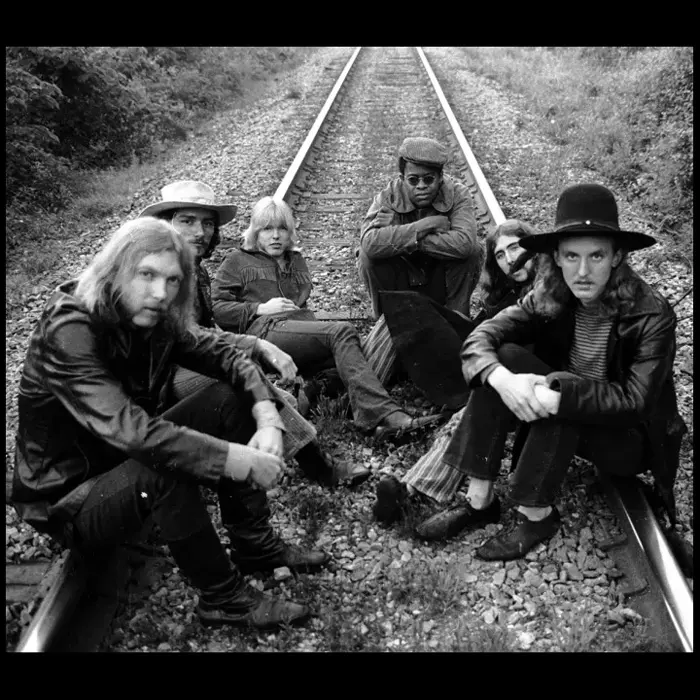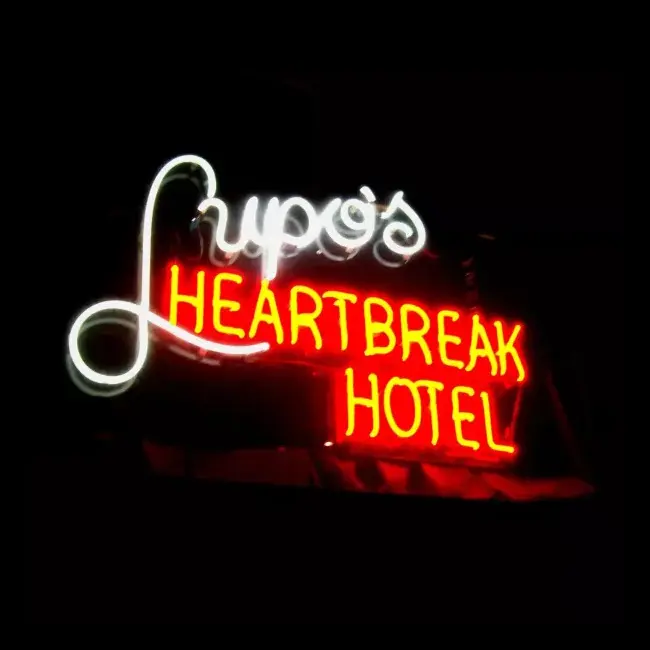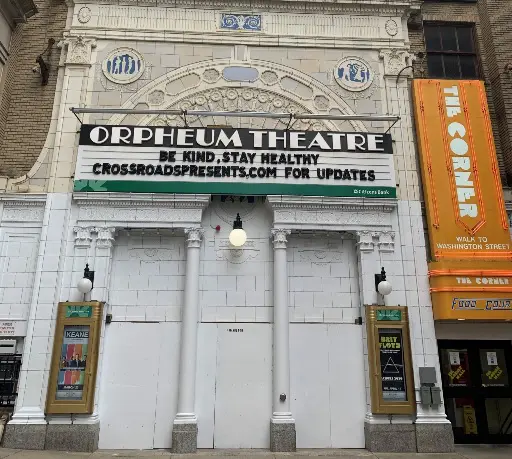Phil Greene
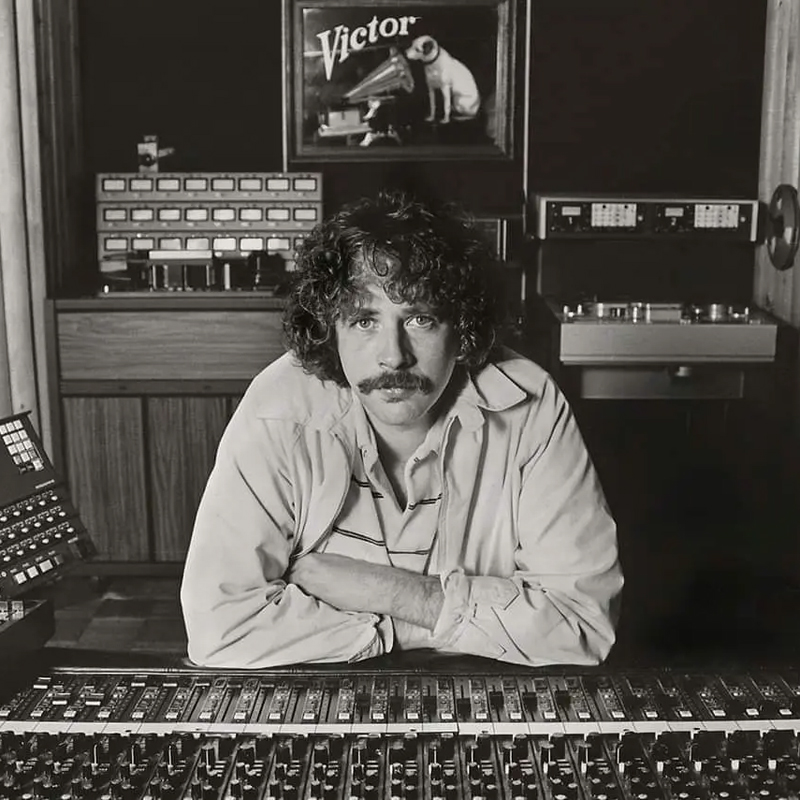
“Being a musician is a must to be a great engineer,” says Phil Greene. And though some would disagree based on the supreme skills of nonmusician recording giant Shelly Yakus, others would cite accomplished pianist, trumpeter and behind-the-board great Bob Ludwig as a supporting example.
In any event, for guitarist-turned-engineer Greene and the multigenred parade of artists he’s captured on tape, his instrumental prowess and on-stage experience have been an absolute boon. If there’s one thing that the Rhode Island native has shown in spades over his nearly 50-year career, it’s this: While being a musician may not be absolutely essential for a top-notch recording professional, it certainly doesn’t hurt.
Overview
A full-time axeman from his mid-teens until his late 20s, Greene switched from the stage to the studio in the mid-1970s and since then has recorded and/or mixed 27 gold- and platinum-selling albums, including two for New Kids on the Block that reached #1 in the Billboard 200 and featured 11 top-10 singles, three of which hit #1 in the Billboard Hot 100. He also recorded and mixed a #1 for singer-songwriter Tommy Page, several top-40 hits for John Cafferty & The Beaver Brown Band and two Grammy-nominated LPs for Roomful of Blues.
Greene is credited as producer, engineer, mixer, guitarist or vocalist on over 200 releases including ones featuring Mick Jagger, Keith Richards, Ringo Starr, Herbie Hancock, Buddy Guy, Steve Earle, Bob Weir, Aerosmith’s Brad Whitford and The Cars’ Greg Hawkes and others by a host New England-rooted artists/bands such as Mission of Burma, Dropkick Murphys, The Mighty Mighty Bosstones, The Neighborhoods, Johnny A., Aimee Mann, Lyres, Nervous Eaters, The Neats, Duke Robillard, Duke Levine, The Zulus, Peter Wolf and Tavares. In 2017, he was inducted into the Rhode Island Music Hall of Fame.
Musical Beginnings
Born September 27, 1949, in Providence and raised in Narragansett, Greene was raised in a home with a variety of music, Frank Sinatra being among his parents’ favorites, and his mother taught him how to sing harmony. He was given his first guitar at age 10 and says he learned the basics by watching flamenco-guitar great Carlos Montoya a few months later on TV. “I learned in an hour and my mother was shocked,” he says. “Then she dragged me to my first actual lesson, which was very much against my will.”
Early Bands
Like millions of other teens, Greene fell in love with rock ‘n’ roll rock after seeing The Beatles’ debut on The Ed Sullivan Show in February 1964 and that same year, at age 14, he began playing up to five nights a week with various groups, including The Misfits and The Lower Half, formed with classmates at South Kingston High School.
He dropped out of school at age 16 to start touring but later earned his equivalency diploma and spent the 1969/70 academic year majoring in behavioral science at West Virginia University. After returning to Rhode Island in mid-1970, Greene played guitar with Patch Of Blue, which cut two singles for Back Door Records, and Powerful People, which recorded one for Epic.
Swallow, Taxi, Tombstone Blues Band
In 1971, he joined the Boston-based 11-piece Swallow, which included vocal powerhouse George Leh, bassist Vern Miller (formerly of The Remains), saxophonist/flutist David Woodford and harmonicist Parker Wheeler. The band made two albums for Warner Bros., 1972’s Out of the Nest and 1973’s Swallow – with one Greene-produced single, “Yes I’ll Say It”, hitting #17 in the Billboard Hot 100 – and opened for major acts including The Allman Brothers, Joe Cocker, Led Zeppelin, Sly and the Family Stone, Aerosmith, The Beach Boys, The J. Geils Band and Linda Ronstadt before disbanding in 1974. In 1975/76, he played in two groups, Taxi and The Tombstone Blues.
Hot Trax
In 1975, Greene opened his first studio, Providence-based Hot Trax, and recorded local bands. Though he had no formal training as an engineer, he was sure that he was up to the task. “I’d spent years watching guys on the Fedco mobile recording trucks,” he says, referring to Providence-based Fain Electronic Devices Company, famous for recording live LPs including 1975’s Frampton Comes Alive!, which hit #1 in the Billboard 200.
To learn technical details, he read what’s now considered the definitive audio-engineering guide, Modern Recording Techniques (Routledge, 1974). “I had to read some paragraphs 10 times before I understood them,” he says. “But I was committed to knowing everything.”
Normandy Sound
Greene’s path to top-of-the-charts success widened in September 1976 when he joined then-little-known Normandy Sound, a Warren, Rhode Island-based studio opened about one year before by amateur musicians Bob Shuman, an attorney, and Alan Freeman, an accountant. Within weeks of Greene’s arrival, Normandy was attracting leading rock and jazz acts from all across the northeast and he became a full partner within one month of coming on board, Shuman and Freeman selling Greene 25% ownership for $10,000 (about $46,000 in 2023).
Greene attributes that sudden success to his contacts with musicians. “I knew so many of the local players that it was easy,” he says. “That was the reason they brought me in; I made more money for them in one week than during the two previous two months. Otherwise, that studio would have been closed by 1977.”
Early 1980s
In the early 1980s, Greene was behind Normandy’s board for sessions across a gaggle of genres, from jazz and rock to post-punk and blues. He recorded and/or mixed albums that made the top 10 in the Billboard Top Jazz LPs chart, including Billy Cobham’s Glass Menagerie’s Smokin’ (1982) and Live at Montreux (1982), Steve Smith’s Vital Information (1982) and Orion (1983) and Jeff Lorber’s In the Heat of the Night (1983).
He also recorded LPs by Boston-based rockers Nervous Eaters and The Neats, post-punkers Mission of Burma, Lyres and Digney Fignus and Roomful of Blues’ co-founder Duke Robillard.
Mid-1980s
In the mid-1980s, Greene’s engineering expertise landed him mainstream rock/pop success when he recorded and mixed John Cafferty and the Beaver Brown Band’s 1983 album Eddie and the Cruisers, which hit #9 in the Billboard 200 and featured two singles that made the Billboard Hot 100, “On The Dark Side” (#7) and “Tender Years” (#41). He maintained momentum when he recorded and mixed the band’s next outing, 1985’s Tough All Over, which reached #40 in the Billboard 200 and included three Hot 100 singles, “C-I-T-Y” (#18), “Tough All Over” (#22) and “Small Town Girl” (#64).
Greene also recorded and/or mixed albums by Mission of Burma, jazz/funk trumpeter Tom Browne, jazz saxophonist Joe Henderson, Boston-based rockers The Bandwagon and singles by jazz/R&B trombonist Marcus Lewis and New City Rockers.
Late 1980s
In 1987, Greene began his close collaboration with New Kids on the Block, mixing one song for their debut LP, which hit #25 in the Billboard 200. In 1988, he mixed the band’s entire Hangin’ Tough LP, which went to #1 and produced five top-10 singles in the Billboard Hot 100: “Hangin’ Tough” (#1), “I’ll Be Loving You Forever” (#1), “You Got It (The Right Stuff” (#3), “Didn’t I Blow Your Mind” (#8) and “Please Don’t Go Girl” (#10). In 1989, he mixed New Kids’ entire third album, Step By Step, which also hit #1 in the Billboard 200 and produced three top-10 singles in the Billboard Hot 100: “Step by Step” (#1), “Cover Girl” (#2) and “Tonight” (#7).
Also in the late ‘80s, Greene recorded and/or mixed LPs for The Zulus, The Neighborhoods and Bob Rivers’ Comedy Corp. and singles by Finest Hour, Young Saints and others.
1990s: Tommy Page, Joey McIntyre
In the 1990s, Greene’s biggest chart successes came from pop and blues. On the pop side, he recorded and mixed Tommy Pages’ 1991 album Paintings in My Mind which reached #38 in the Billboard 200 and included the #1 Hot 100 single “I’ll Be Your Everything,” and New Kids’ Joey McIntyre’s 1999 LP Stay the Same, which reached #49 in the Billboard 200 while the title track reached #10 in the Hot 100.
1990s: Roomful of Blues
In 1996, he recorded and mixed two Roomful of Blues’ albums that reached the top 10 in the Billboard Top Blues Albums chart, Roomful of Christmas and Turn It On! Turn It Up!, the latter of which was nominated for a Grammy. In 1997, he recorded and mixed Roomful’s Under One Roof LP, which hit #1 in the Top Blues Albums chart and was nominated for a Grammy and in 1998’s he recorded and mixed the band’s There Goes the Neighborhood, which reached the top 10 in the Top Blues Albums chart.
1990s: Other Artists
During the last decade of the 20th century, Greene also co-produced, recorded and/or mixed albums or singles by Blood Sweat & Tears, Nils Lofgren, Canadian rockers Bootsauce, The Mighty Mighty Bosstones, John Cafferty & the Beaver Brown Band, Peter Wolf, Boston-based progressive-rock group Birdsongs of the Mesozoic, The Neighborhoods, Favorite Angel, Jonzun Crew, Tam Tam and Southern rockers Copperhead.
Normandy Productions
After becoming the sole owner of Normandy in 1997, Greene sold the studio in 1998; the current owner is Tony Ricci, who renamed it TRIAD Recording in 2012. “Home studios were starting to take hold and the studio business was going soft,” Greene says about his decision to sell 25 years ago. In early 1999, he founded Narragansett-based Coastline Productions – now called Normandy Productions – through which he continues to do recording and mixing along with consultation on everything from choosing and arranging songs to selecting the most suitable studios and live venues.
2000s
Since 2000, Greene has recorded and/or mixed albums for a smorgasbord of artists, including two live LPs by Dropkick Murphys, 2002’s Live at the Avalon (recorded at the Avalon nightclub in Boston) and 2004’s Live on St. Patrick’s Day (recorded at Lupo’s Heartbreak Hotel in Providence), and one by The Black Crowes, 2002’s The Black Crowes Live at the Orpheum (recorded at the Orpheum Theatre in Boston). He mixed several tracks on Peter Wolf’s 2002 disc Sleepless, which featured Mick Jagger, Keith Richards, Steve Earle and Magic Dick and was ranked #427 in Rolling Stone magazine’s “500 Greatest Albums of All Time.”
Views on Technology
Asked what he thinks about the future of recording given the endless advances in technology, Greene said the most important thing for all engineers to remember is that their ultimate goal should be to make great music. “Embracing new tech is the most important thing an engineer can do in any era,” he said. “And we have to improve delivery formats because MP3s are horrible.”
“But don’t ever forget that people make music, not machines,” he continued. “I do not believe in plug-ins; I believe in making records with real hardware like 1176s [an analog peak limiter] and LA-3As [an analog opto-compressor]. There’s no substitute for the real deal.”
(by D.S. Monahan with thanks to Lennie Petze)

